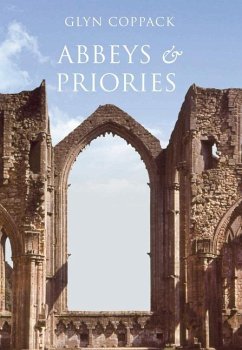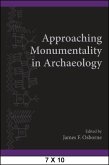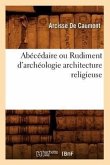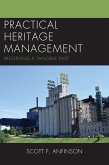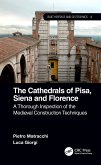At the height of the middle ages, there were hundreds of abbeys and priories throughout England. The ruins of some of those that were destroyed at the time of the Dissolution of the Monasteries are today seen as iconic medieval buildings - such as Fountains Abbey in Yorkshire, designated a World Heritage site, or Tintern Abbey on the river Wye, immortalized by Wordsworth. These monasteries - particularly those of the Benedictine and Cistercian orders - were not simply powerhouses of prayer, but major local landowners who improved agriculture, replanned villages and founded new towns. For this reason, Glyn Coppack's far-ranging study not only looks at the churches and the immediate monastic buildings, but at the full range of ancillary buildings.
Hinweis: Dieser Artikel kann nur an eine deutsche Lieferadresse ausgeliefert werden.
Hinweis: Dieser Artikel kann nur an eine deutsche Lieferadresse ausgeliefert werden.

